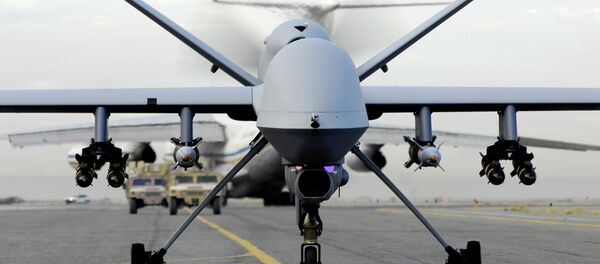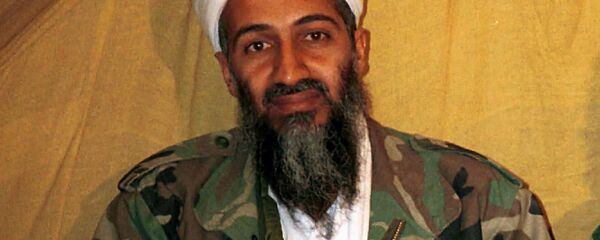The kill-box is a term used with increasing frequency in military parlance, especially during the US-led invasions of Iraq and Afghanistan, to describe a military strategy originally designed for conventional conflict. Today, both military analysts and humanitarian activists are questioning the appropriateness of the tactic in today’s fights against militant organizations.
The Department of Defense defines a kill-box as “a three-dimensional area reference that enables timely, effective coordination and control and facilitates rapid attacks.” In layman’s terms, it is the space on the battlefield in which members and allies of the US military are free to open fire, regardless of international norms requiring the visibility of an opposition’s weapon, or intent to attack.
According to the Department of Defense, “there is no formal kill-box doctrine or tactics, technique or procedures.” Rather the tactic, originally introduced thirty years ago, evolves to fit the needs presented by each conflict. Today, many fear this leads to indiscriminate killing in populated areas where civilians lack sufficient warning to stay away.
Increasingly, as fighting moves from conflicts between states to conflicts between terrorists and militants, kill-boxes are increasingly materializing in places a local population wouldn’t expect. The Department of Defense is according to sources, initiating kill-box tactics to target individuals fitting algorithmic “patterns of life,” rather than specific individuals.
For example, a compound full of bad guys would be an appropriate kill-box, according to Pentagon strategists, but the home of an innocent in proximity with the wrong group would not be. However, the method in which a US military analyst determines the parameters of a kill-box lead to an inability to discriminate between the two.
Today, analysts triangulate the location of a known target’s cellphone, and military command calls for a kill-box, instructing soldiers to eliminate anyone within those coordinates.
As Major James MacGregor explains in a recent paper, the kill-box strategy worked well during the initial invasion of Iraq because the opposing team wore “jerseys” or uniforms. A soldier was able to examine a perimeter and identify whether or not individuals were enemy combatants. However, as the conflict has devolved into repeated attempts to thwart militant and terrorist uprisings, the ability to discern between combatants and civilians has been compromised.
Ethicists question whether the tactic has too high a moral cost, effectively degrading the value of human life. Officials would never initiate a kill-box in the city of London, for instance, even if a terrorist was identified in a house or compound, for fear of a civilian death toll. However, innocent civilians in Yemen, where the US is not engaged militarily, do not enjoy the same basic human rights, especially if they are in the wrong place at the wrong time.
Human Rights Watch, in a 2010 letter to President Obama, held a similar position, questioning “How does the administration define the “global battlefield” to which we are to extend laws of war?”
One French theorist, Grégoire Chamayou, takes the issue further, saying that the modern day use of kill-boxes and kill-lists isn’t combat at all, but rather the hunting of human beings in cold blood. “Combat bursts out wherever opposing forces clash, but hunting takes place wherever the prey goes” says Chamayou.
Chamayou brilliantly articulates the problem of the kill-zone in the war on terror, observing that, “armed violence is no longer defined within the boundaries of a demarcated zone but simply by the presence of an enemy-prey who, so to speak, carries with it its own little mobile zone of hostility.”
Unfortunately, too many civilians find themselves in that mobile zone of hostility far too often, in a skirmish without end as part of a war without reason.








